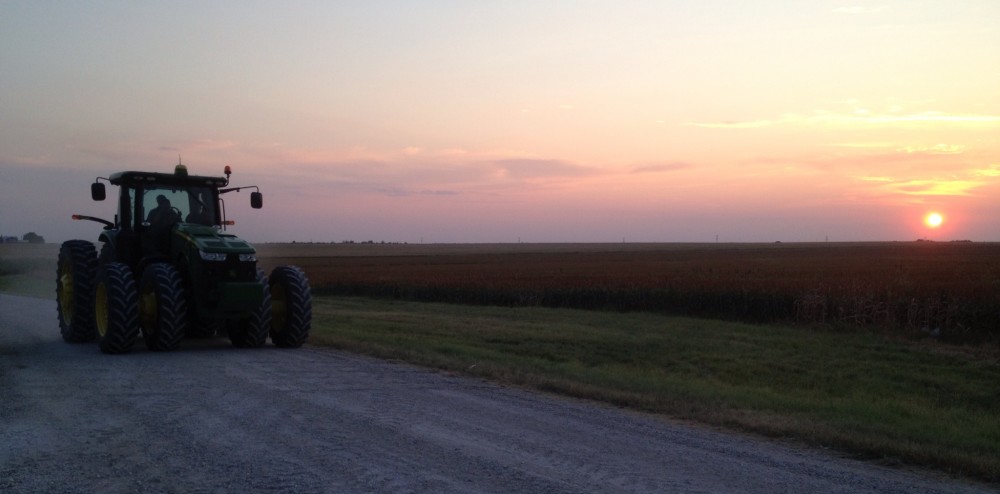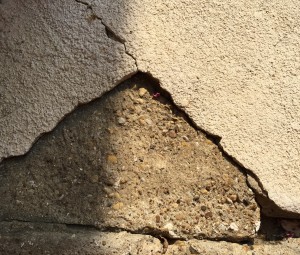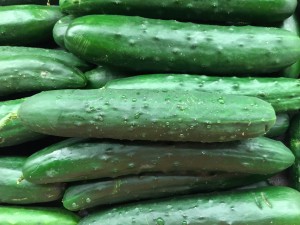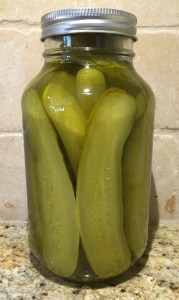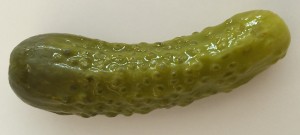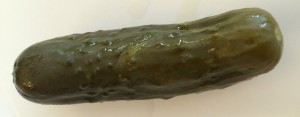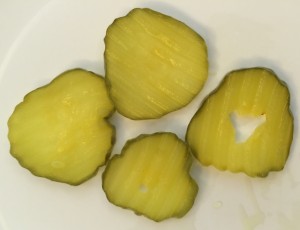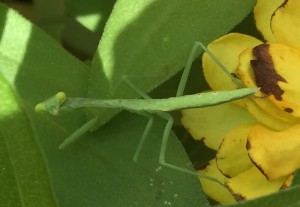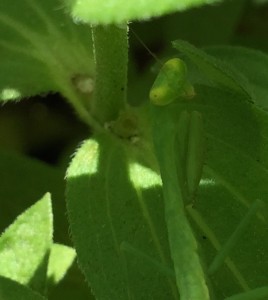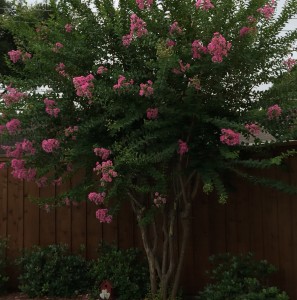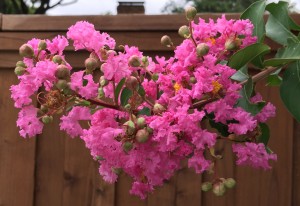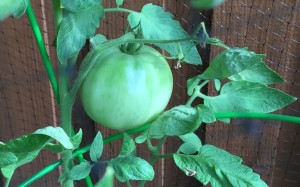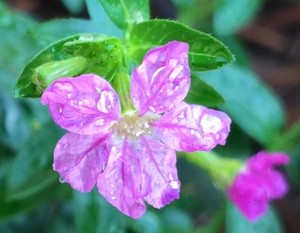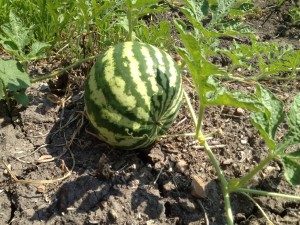There is something oddly comforting about cracked concrete.
What is concrete?
Concrete is the whitish grayish hardish stuff you walk upon, reside under and are surrounded by. In composition, concrete is a slurried mixture of water, aggregate (small rocks and sand) and a glue of various chemicals (the “concrete” from which the name derives) which, when dried, hardened and cured, is of the strong and solid form of a seasoned weight lifter. Much of our modern world leans on and is leant its strength by concrete.
Not always so pervasive, concrete aged slowly.
The first concrete held water. The ancient Nabataeans (Bedouins) of now southern Syria and northern Jordan discovered how to make a concrete some 8,500 years ago (6500 BC). That first use was limited. The desert dwellers constructed underground cisterns of a waterproof concrete of their special making, and they kept the location of their water supplies a company secret. Those hidden basins may be the one big reason the Nabataea traders thrived in the dry lands while others and their wares faded and were lost from view.
The Greeks elevated the process some 3,300 years ago (1400 to 1200 BC), employing concrete in their royal palaces and other edifices of note.
The Romans took the whole concrete thing to a new level. From 300 BC to almost 500 AD (a span approaching 800 years), Roman engineers went on a worldwide concrete-building spree: roads, aqueducts, bridges, huts, houses and hotels. You name it, the Roman built it with concrete. The Coliseum in Rome is largely concrete, and the dome of the Pantheon in Rome is still the largest unreinforced concrete dome on the planet — if not in the solar system and the space beyond.
Then, as concrete does, it cracked and started to come apart.
With the fall of the Roman Empire around 476 AD, the technological know-how to mix, make and manage concrete was lost to the Dark Ages.
And, during that time, the cracks begin to travel.
A crack is a curious thing. It is “a line on the surface of something along which that something splits without breaking into separate parts.” With time and inattention, the line separates farther and becomes an empty space. Without the knowledge to repair itself, things become “Lost in Space” as the Robinson Family did in their first TV episode in 1965. Space separates. A gap appears and widens to a hole.
From line to space to gap to hole, our world fragmented and lost its original identity. Many things crumbled and were lost. Yet, the human spirit is a resilient thing.
Politicians appeared.
On stumps, they pointed and argued: “Are all cracks connected?” “Is there a conspiracy of cracks and dirt?” they queried. It was an election year. “What’s around the corner?” they warned. And the new old tune that plays so well: “Change is needed!”
It was, and it was a long-winded race.
Until finally, about the mid-18th Century, concrete was rediscovered and reapplied. Our world hardened and was revitalized.
Many blame the politicians for many things; but they, for their part, did their part. They kept the dialogue going through the worst of times; and, in that way, it was perhaps the best of times. We waited, and for our wait, there was the return of concrete.
Yes, there is something oddly comforting about cracked concrete.
Even, if not especially, in an election year.
Grandpa Jim
